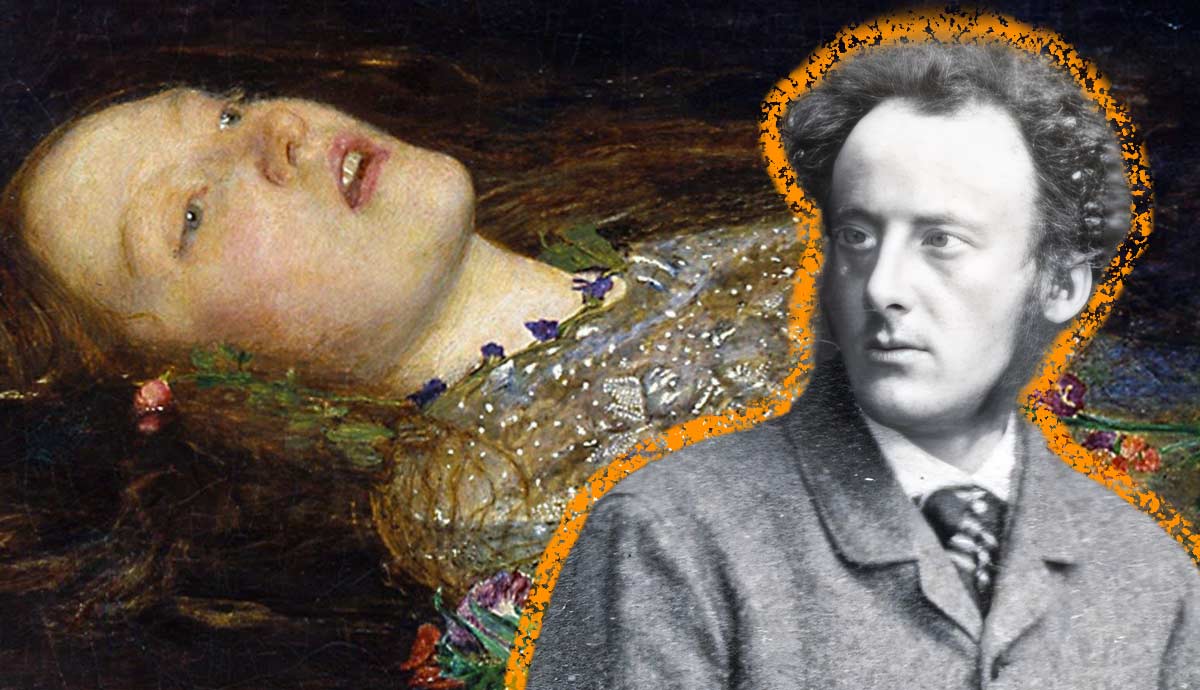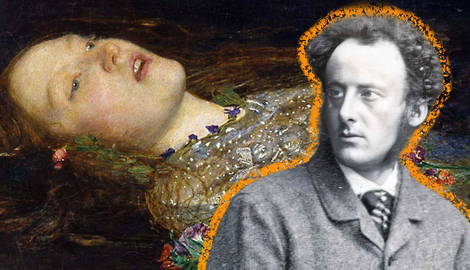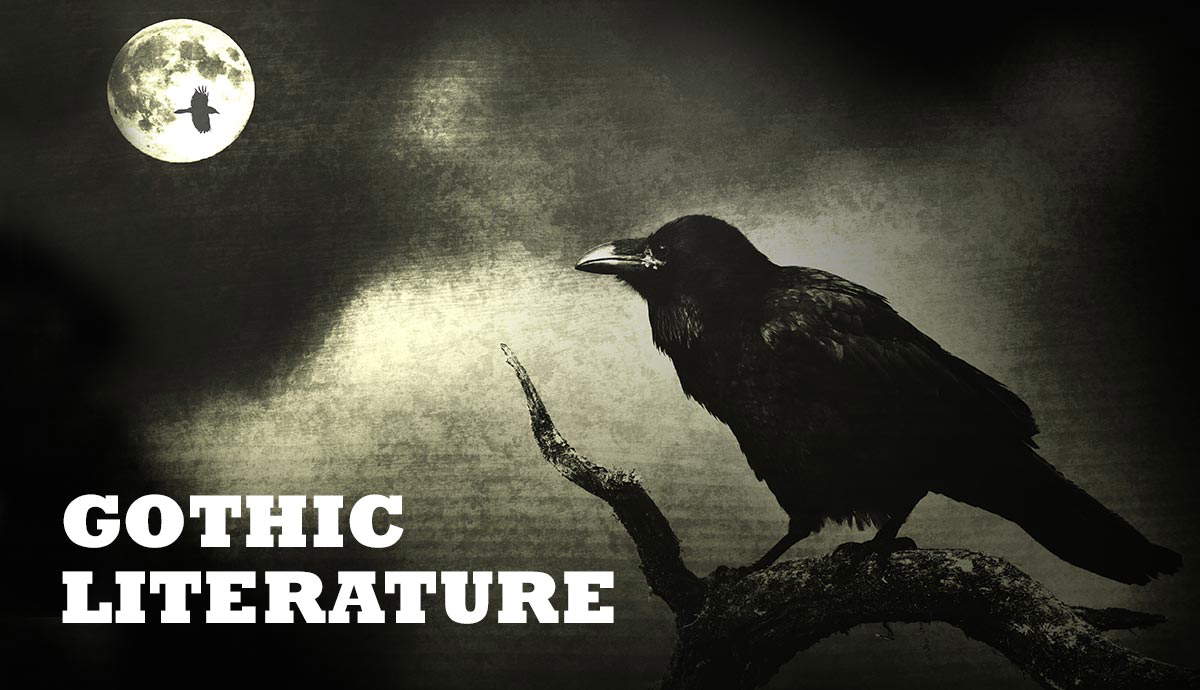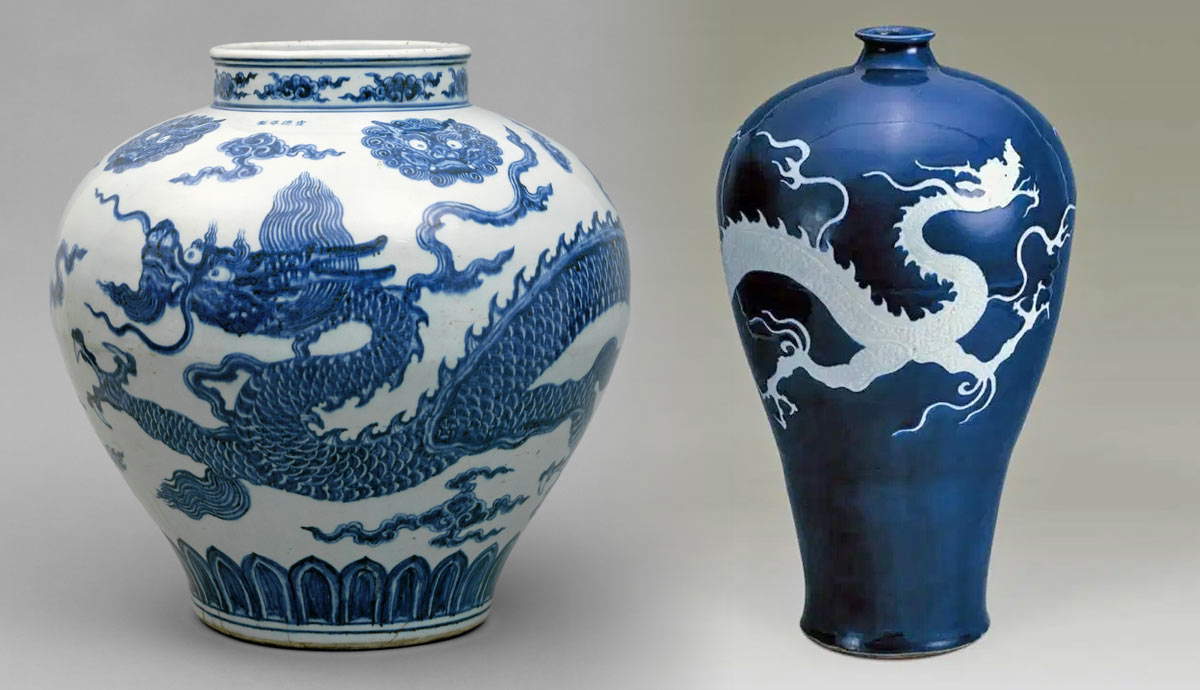
Along with William Holman Hunt and Dante Gabriel Rossetti, John Everett Millais was one of the founding members of the Pre-Raphaelite Brotherhood in September 1848. Throughout the early 1850s, John Everett Millais created many works of art that would define the Pre-Raphaelite art style, exploring themes from folklore, religion, and British literary works. While Millais’ work was extremely important for the future of Pre-Raphaelite art, he stood out from his contemporaries in the movement due to his attention to detail and sense of realism.
The Conflicting Legacy of John Everett Millais

At the time of his death in the 1890s, many art critics perceived John Everett Millais as having betrayed artistry for commercial profit. For instance, after Millais’ passing, critics Joseph and Elizabeth Pennell wrote in their 1896 obituary “John Everett Millais, Painter and Illustrator,” “By the general public, he was never really appreciated until he stooped to its level.” This disdainful reaction to the late artist’s career had been instigated by the perception of an element of kitsch in the artist’s later works. The deepest cut of all for the art world occurred when his 1886 painting A Child’s World, later on, renamed Bubbles, was used in an advertisement for soap with the artist’s permission.
As the above quote by the Pennells indicates, the criticisms of Millais’ later work were underscored by the innovations of his youth. He had started off his career by breaking boundaries, becoming a student with the Royal Academy Schools at the mere age of eleven years due to his immense talent. As a young artist, his established role as a member of the Pre-Raphaelite Brotherhood had publicly put him at odds with British academic tradition. While the Royal Academy urged students to adhere to the Classical perfection seen in the works of artists such as Raphael, Millais, and his fellow Pre-Raphaelites sought to create works that promoted authenticity and truth.
As a group, the Pre-Raphaelites were known for actively rejecting what the Academy preached. To critics at the end of Millais’ life, works such as Bubbles seemed to indicate that Millais had forgotten what had defined his early, Pre-Raphaelite works of art. While his later paintings were judged as lacking in creativity, Millais’ Pre-Raphaelite artworks were among the greatest the movement ever produced and inspired later generations of Pre-Raphaelites to aspire to that same level of greatness.
Ferdinand Lured by Ariel

An early but extremely influential contribution to Pre-Raphaelite art made by John Everett Millais was his painting Ferdinand Lured by Ariel, which the artist submitted to the Royal Academy in 1850. This painting is meant to depict a scene from Shakespeare’s play The Tempest, in which Prince Ferdinand is lured into the hands of the magician Prospero by the fairy Ariel. Here, Millais can be said to have laid the groundwork for many future Pre-Raphaelite works of art. The painting’s subject matter, for instance, is taken from the writings of William Shakespeare, which many later Pre-Raphaelites would use as inspiration.
Ferdinand Lured by Ariel is also unmistakably inspired by a sense of the medieval, with Ferdinand’s tunic and hose leaving viewers in no doubt of the period in which the work of art is set. The rich colors seen in Ferdinand’s clothing, in particular, create a strong sense of the medieval, making him appear as if he has just stepped out of a colorful tapestry. This sense of medievalism is further supported by the presence of the fairy Ariel, who is surrounded by an entourage of sprites, making the image feel like a scene from a fairytale. Pre-Raphaelite artists were continually inspired by medieval tales and aesthetics, and Ferdinand Lured by Ariel provides visual documentation of how early in the movement’s history this inspiration was felt. For Millais, the painting offered the opportunity to experiment with a lush natural setting, a theme that continually reappeared in his Pre-Raphaelite art.
Indeed, Millais painted Ferdinand Lured by Ariel outside in nature, or en plein air, marking his first time doing so for a work of art. The lifelike depictions of the shrubbery surrounding Ferdinand, as well as the subtle but distinct variations of color Millais included, demonstrate that Millais’ experimentation with painting surrounded by nature in this context was successful.
Christ in the House of His Parents

Also displayed at the Royal Academy in 1850 was John Everett Millais’ Christ in the House of His Parents. In this early phase of the Pre-Raphaelite Brotherhood, this work of art was considered one of the most openly defiant of the Royal Academy and its standards. It was known in the middle of the 19th century that the Royal Academy was supportive of works of art that depicted Biblical figures, most especially the Messiah Jesus Christ, with formality and even pomp. Here, Millais eliminated any blatantly heavenly imagery and instead painted Jesus, Mary, Joseph, and other figures in their workshop as working-class carpenters in a gritty historical setting.
This is not to say that the artist omits any references to their religious significance. A wound on the hand of the young Jesus, for example, alludes to the coming of the crucifixion. Christ’s mother Mary, for her part, is dressed in blue and white, colors traditionally associated with her meant to allude to her purity. In this way, the work of art attempts to merge authenticity with symbolic tradition, and provides a basis for other Pre-Raphaelite artists to do the same. Nevertheless, critics of the work were outraged and considered it sacrilegious. Christ in the House of His Parents was even scorned by the noted author Charles Dickens, who criticized Millais’ depiction of Mary as ugly and shrewish. In spite of the backlash, the episode became one of the most memorable of Millais’ career, demarcating him in the eyes of Britain’s artistic establishment as a rebel and an independent thinker.
The Bridesmaid

In spite of the criticisms he faced, John Everett Millais continued to make significant contributions to the Pre-Raphaelite style in the early 1850s. The year following the submission of Christ in the House of His Parents and Ferdinand Lured by Ariel, Millais completed The Bridesmaid. As the title of the painting indicates, the young woman here is not a bride yet but is still a bridesmaid waiting for love to find her. Here, the artist depicts the central character participating in a mythical ritual of slipping a ring over a morsel of wedding cake in the hopes of being granted a magical glimpse of her future husband.
With her flowing red hair hanging around her face, Millais’ painting seems to anticipate the type of woman that became the standard Pre-Raphaelite model. While the red-haired Elizabeth Siddal and Alexa Wilding became more easily recognizable Pre-Raphaelite models later on, The Bridesmaid seems to have presented the very idea that flowing red hair and colorful, embroidered garments could epitomize a beauty ideal to the rest of the Pre-Raphaelite Brotherhood. This idea would have been subversive for its time, as Victorians favored a more subdued type of beauty over this one. It is also important to note that other early Pre-Raphaelite works of art, such as The Girlhood of Mary Virgin, did indeed feature beautiful, red-haired young women. Nevertheless, Millais’ The Bridesmaid lifts up this type of female beauty more deliberately than any other Pre-Raphaelite work of art before it, arguing that beauty that falls outside of the ideals of society is still beauty.
Ophelia

Perhaps Millais’ most iconic work of art that he created during his Pre-Raphaelite period was his painting Ophelia, which he completed between 1851 and 1852. With Ophelia, Millais perfected the themes he had explored in his prior works of art, and at last, began to receive praise from Britain’s artistic community. Like his other Shakespearean painting Ferdinand Lured by Ariel, Millais painted the work of art while surrounded by nature, in this case, while standing near an actual river in Surrey. Once more, Millais depicted each leaf, stem of grass, and flower with meticulous detail and realism. Equally realistic is Millais’ depiction of the heroine of the painting, Ophelia herself. This realism can be attributed to the infamous circumstances of the painting’s creation, in which the aforementioned model Elizabeth Siddal was compelled to pose in a bathtub.
Millais used his skill for lifelike detail in this context to heighten the tragedy of Ophelia’s death by drowning. While floating in cold bathwater for hours on end was undoubtedly an arduous process for Elizabeth Siddal, it enabled Millais to illustrate the scene of Ophelia’s death with such realism that it causes the viewer to react to the painting as strongly as if he or she had encountered an actual woman’s body in a river. As mentioned earlier, Shakespearean themes, including themes from Hamlet, became increasingly integral to the Pre-Raphaelite Brotherhood as it evolved. No other Pre-Raphaelite artist, however, was fully able to match Millais’ gift for evoking the powerful emotions of Shakespeare’s tales through fastidious realism. Millais’ ability to achieve this has likely been a factor in why Ophelia, for both nineteenth-century viewers and contemporary viewers, is among the movement’s most memorable works.
John Ruskin’s Relationship With John Everett Millais

One of the last great works of John Everett Millais’ Pre-Raphaelite period was his portrait of John Ruskin, which he created between 1853 and 1854. John Ruskin was a prominent art critic in Great Britain in the 19th century and was a strong supporter of the Pre-Raphaelite Brotherhood. Ruskin was particularly fulsome in his support of Millais, praising the young artist in his writings. In light of this information, it is hardly surprising that Ruskin commissioned Millais to paint his portrait.
Painted en plein air like his earlier works, Millais’ portrait of Ruskin seems to celebrate its natural setting in the Highlands of Scotland just as much as it celebrates its patron, with Ruskin appearing to stand against a craggy waterfall. It was Ruskin’s wish to be depicted in this way, as Ruskin viewed nature with an almost worshipful perspective. Indeed, one of Ruskin’s most famously held principles was that artists should attempt to recreate nature by “rejecting nothing, selecting nothing, and scorning nothing.”

While Millais dutifully followed Ruskin’s wishes, it was during the creation of this portrait that Millais began to develop feelings for Ruskin’s wife Effie. In the following years, Effie had her marriage to Ruskin annulled, and eventually married Millais. Ruskin never remarried.
By the end of the decade, Ruskin was publicly attacking Millais’ work, seemingly putting an end to Millais’ association with the Pre-Raphaelite Brotherhood that Ruskin still claimed to champion. Many critics saw the end of the 1850s as marking the beginning of a decline of Millais’ work, a belief that bolstered the outrage that surrounded Bubbles. In spite of these criticisms initiated by Ruskin, Millais’ years following his break with the Pre-Raphaelites were filled with major achievements. These achievements included heavily influencing the budding Aesthetic Movement, enjoying success in the genre of portraiture, serving as President of the Royal Academy, and even being named a baronet by Queen Victoria, ultimately suggesting that these harsh judgments of Millais were deliberately ignorant of the endurance of his talent well beyond Pre-Raphaelitism.










